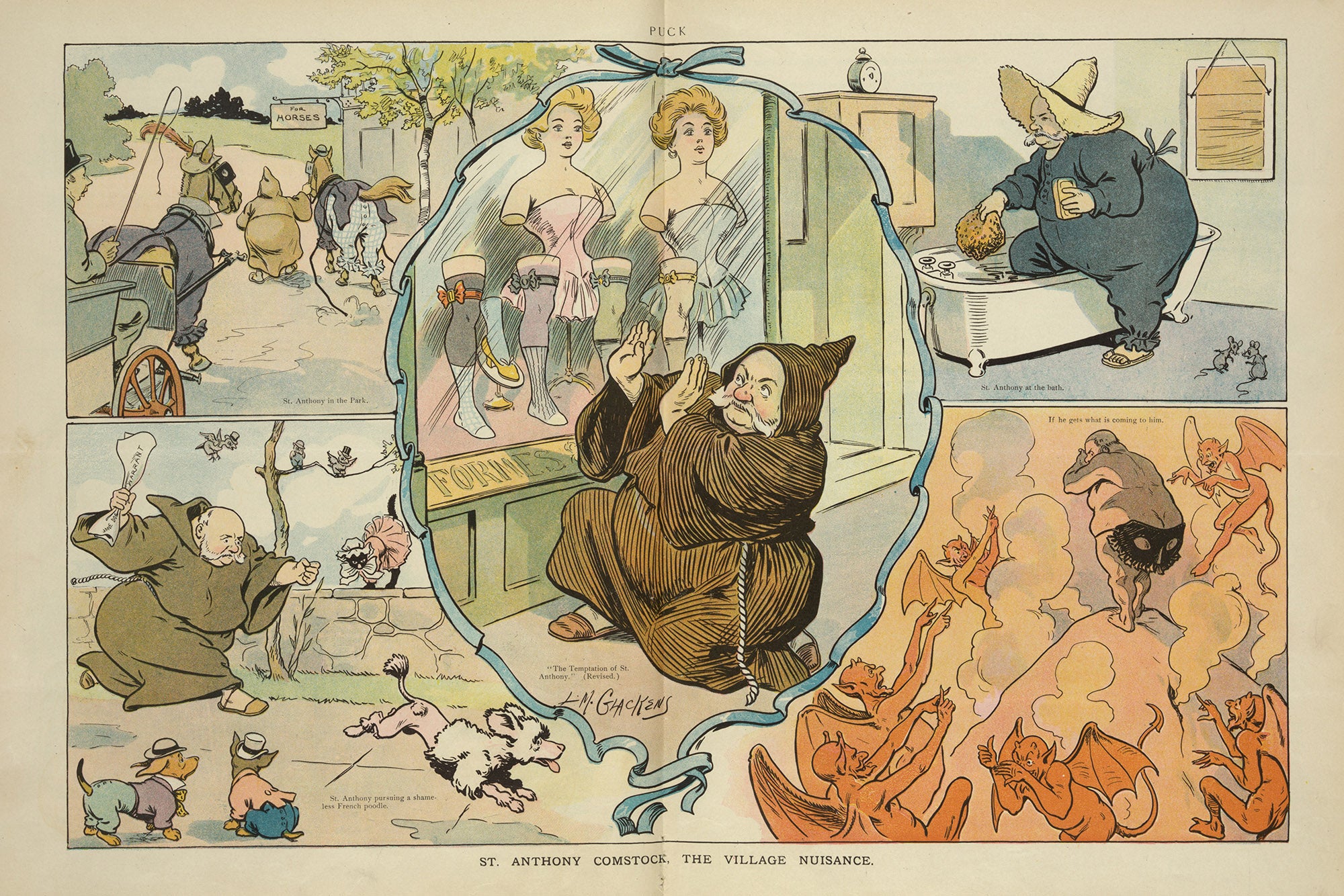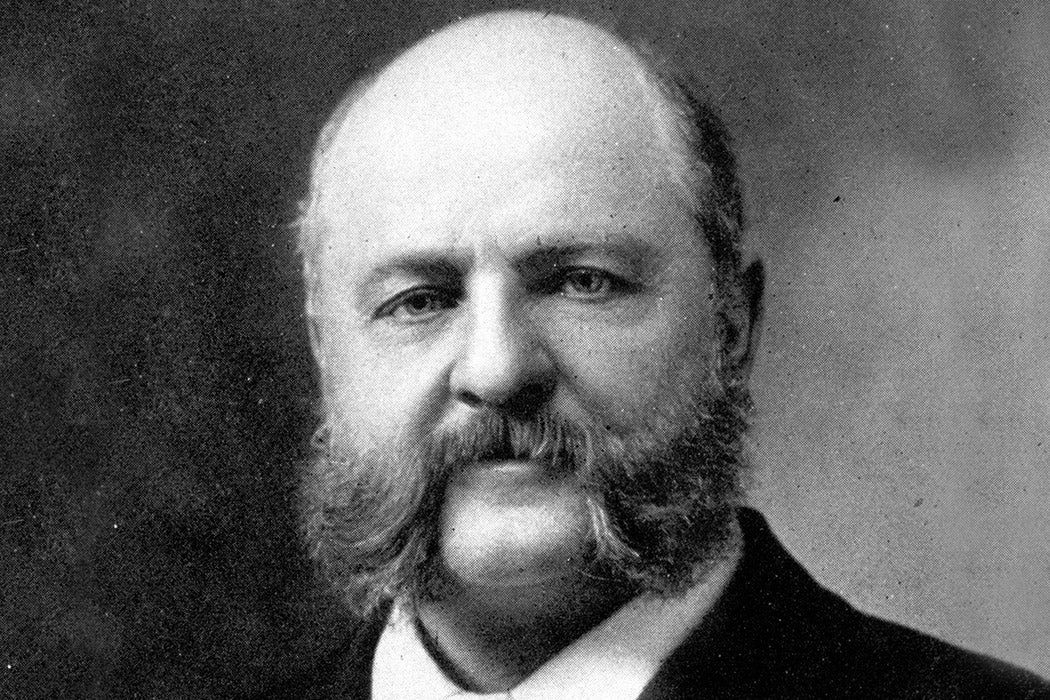There are Friday news dumps, and then there are days like April 7, 2023, when, in less than an hour, two contradictory US District Court decisions on the use of mifepristone for pharmaceutical abortion came down, leaving the country at large confused and many Americans angry at further restrictions on reproductive rights following last year’s Dobbs decision by the US Supreme Court.
Alliance for Hippocratic Medicine et al. v. US FDA et al., decided by a Texas US District Court, found in favor of the plaintiffs, a group of anti-choice associations for medical professionals and four individual doctors who sought to stop mifepristone’s availability for chemical abortion. State of Washington et al. v. US FDA was brought by seventeen state attorneys general and the District of Columbia, seeking to keep the drug available to their residents. The judge in that case ruled in favor of the plaintiffs as well, creating a conflict between the courts and confusion as to whether people can still access the drug.
As of this writing, there’s been a Court of Appeals decision that appears to allow mifepristone’s continued use. But it also prohibits using the US mail to distribute the medication. Here, the legal chaos created by the court decisions intersects with the federal “Comstock Act,” which the Washington Post describes as a “zombie law” used to grant the injunction in the case. Passed March 3, 1873, the Comstock Act was named for the man whose life’s work was, to him, “saving the youth from contamination.”
Anthony Comstock was a crusader, a man who made it his business to police the behavior, bodies, and reading materials of others, first in New York City, and then across the United States. In Amy Sohn’s book, The Man Who Hated Women, she writes of his self-importance:
While crossing the street in New York one day, he [Comstock] was nearly run over by a mail wagon. He shook his badge at the horse and cried, “Don’t you know who I am ? I’m Anthony Comstock!” A reporter once called his office and asked an assistant whether Comstock had been punched in the face that morning. The answer was concise: “Probably.”
While the Comstock Act is known best today for its application to sexually explicit material and obscene literature, the wide-sweeping legislation also included a prohibition against selling, lending, or giving away (or just offering to do so) “any drug or medicine, or any article whatever, for the prevention of conception, or for causing unlawful abortion, or should advertize [sic] the same for sale…” Though the act was edited in 1971 to remove references to contraception, it hasn’t been fully repealed.

In 1882, the North American Review solicited Comstock, Rev. James Monroe Buckley, and Rev. Octavius Frothingham to write a “symposium for the discussion of prevalent forms of vice and methods for their suppression.” Frothingham was a radical Unitarian, abolitionist, and art critic, while Buckley was the editor of the Christian Advocate—at one time the largest circulation weekly in the US—a clergyman, and medical doctor. Since the Review felt it important enough to solicit the authors’ opinions on Comstock and his positions (Buckley considered him “one of the most impressive and noble figures which have appeared in a time prolific of strong personalities,” while Frothingham wondered “whether any individuals, however pure or just of intention, are entitled to impose their moral sentiments upon their follow creatures…”), one can assume that Comstock’s zealous pursuit of the “obscene, lewd, or lascivious”; “immoral”; and “indecent” was not universally seen as virtuous and/or necessary.
Weekly Newsletter
In the Review article, Comstock appears to be defending his own motivations and actions, as both US Postal Inspector and as Secretary of the New York Society for the Suppression of Vice, as well as those of the “peace officers” working in the Postal Service. He counters allegations that to prosecute those who mail obscene materials or devices requires that a person’s mail be “tampered” with, a charge he seems to take the most seriously. Additional accusations of “inducing men to commit crimes” and using “decoys” to catch their criminals are also stood up and then refuted by Comstock (a man who was known to travel to different states and rent post office boxes for the purposes of receiving obscenity, so that they could be prosecuted federally, according to Sohn).
In his closing, he appeals to a cause that may seem very familiar to contemporary readers, arguing that the “[New York Society for the Suppression of Vice] has earned for itself a name, and made an honorable record. It has shown what can be done by patient, persistent effort, toward saving the young from contamination.”
And so the law named for a man whose impact on the lives of nineteenth century American women was without equal has reached out from the US Code almost exactly 150 years later to wrest control from those of the twenty-first.
Support JSTOR Daily! Join our new membership program on Patreon today.







